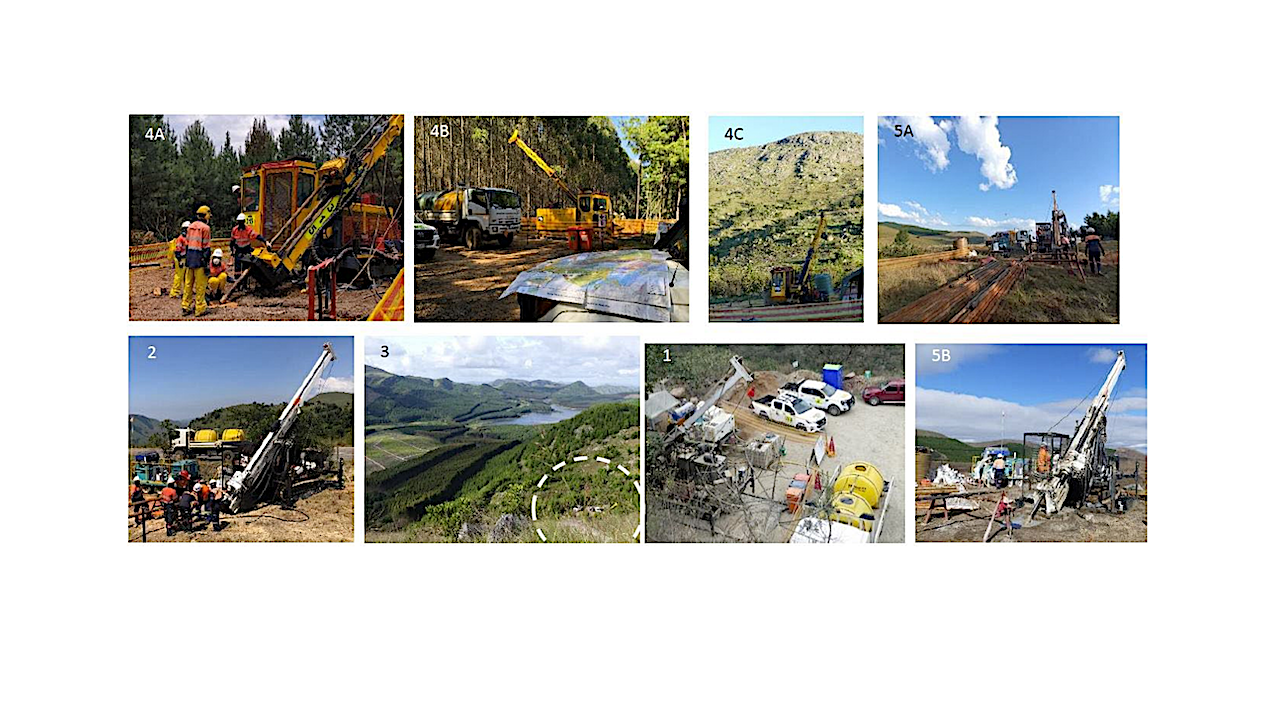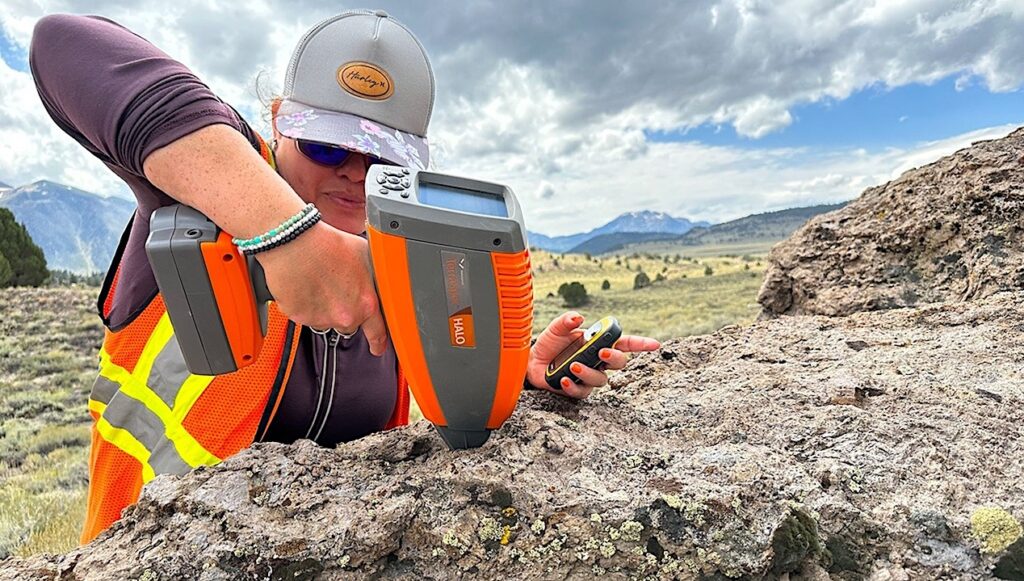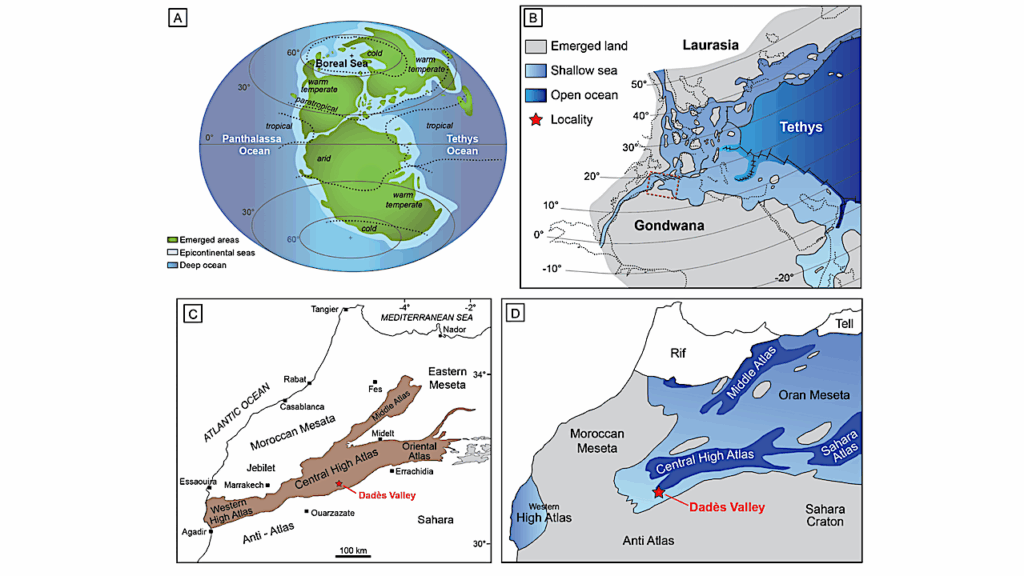Operational Report: Drilling In The Moodies Group of the Barberton Greenstone Belt (BASE – Barberton Archean Surface Environments)

The BASE (Barberton Archean Surface Environments) scientific drilling project focused on recovering unweathered continuous core through strata of the Paleoarchean Moodies Group (ca. 3.2 Ga), central Barberton Greenstone Belt (BGB), South Africa.
They comprise some of the oldest well-preserved sedimentary strata on Earth, deposited within only a few million years in alluvial, fluvial, coastal-deltaic, tidal, and prodeltaic settings and represent a very-high-resolution record of Paleoarchean surface conditions and processes. Moodies Group strata consist of polymict conglomerates, widespread quartzose, lithic and arkosic sand-stones, siltstones, shales, and rare BIFs and jaspilites, interbedded with tuffs and several thin lavas.
This report describes operations from preparations to the sampling workshop and complements the related scientific report. Eight inclined boreholes between 280 and 495 m length, drilled during November 2021 through July 2022, obtained a total of 2903 m of curated core of variable quality through steeply to subvertically dipping, in part overturned stratigraphic sections.
All drilling objec-tives were reached. Boreholes encountered a variety of conglomerates, diverse and abun-dant, mostly tuffaceous sandstones, rhythmically laminated shale-siltstone and banded-iron formations, and several horizons of early-diagenetic sulfate concretions.
Oxidative weather-ing reached far deeper than expected; fracturing was more intense, and BIFs and jaspilites were thicker than anticipated. Two km-long mine adits and a water tunnel, traversing four thick stratigraphic sections within the upper Moodies Group in the central BGB, were also sampled. All boreholes were logged by geophysical instruments. Core was processed (ori-ented, slabbed, photographed, described, and archived) in a large, publicly accessible hall in downtown Barberton.
An exhibition provided background explanations for visitors and relat-ed the drilling objectives to the recently established Barberton-Makhonjwa Mountains World Heritage Site. A substantial education, outreach and publicity program addressed the information needs of the local population and of local and regional stakeholders.

Generalized geologic map of the Barberton Greenstone Belt (BGB). Inset shows location in southern Africa. Stratigraphic column to the right measures ca. 3.7 km in thickness and represents first-order lithology of the Moodies Group strata north of the Inyoka Fault. Area shown in Fig. 3 is outlined by grey dashed rectangle — (BASE – Barberton Archean Surface Environments)
Astrobiology,








